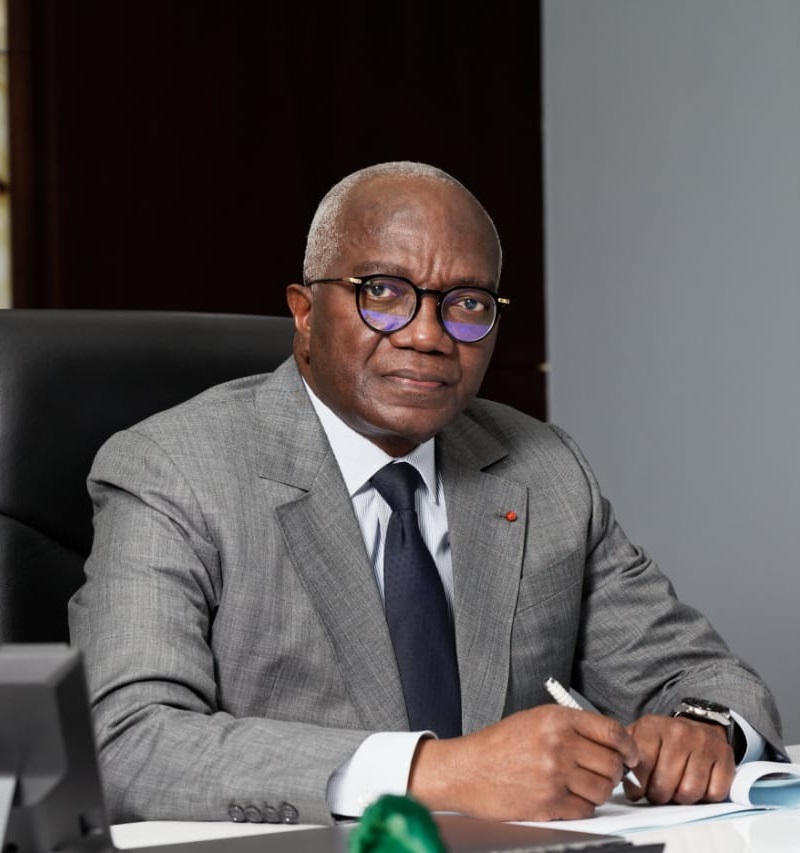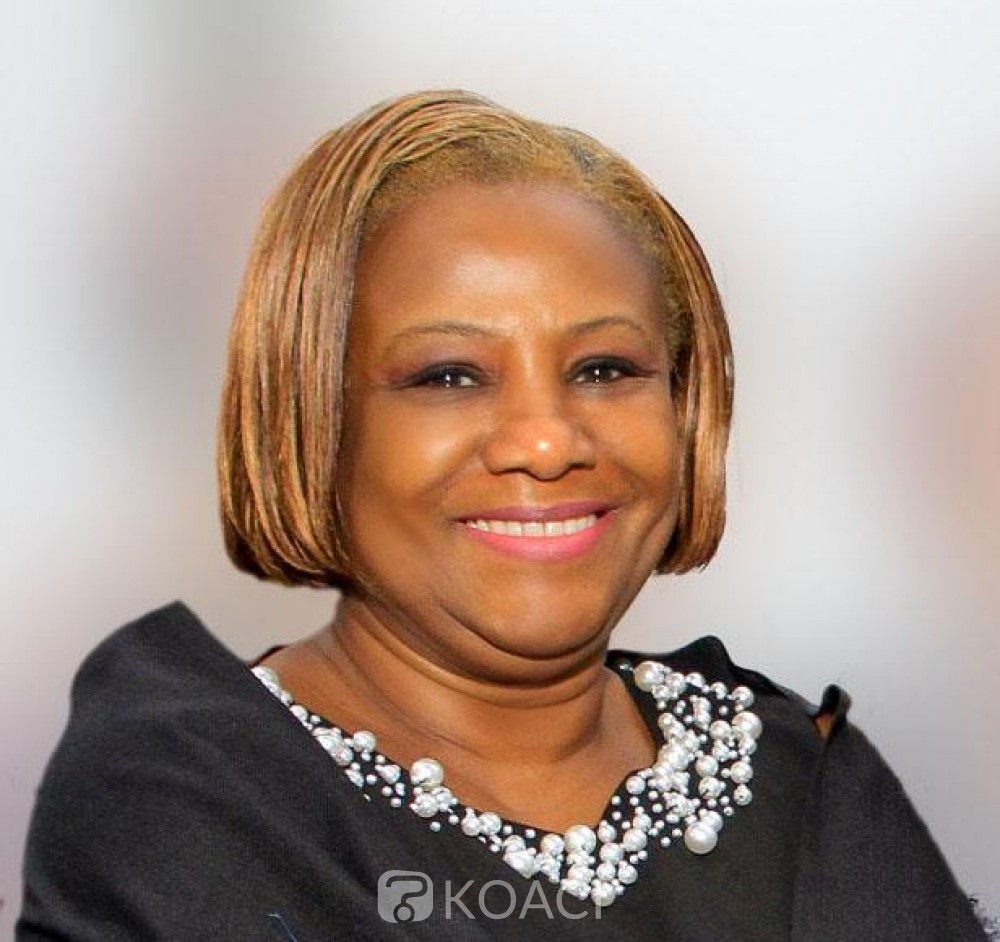Kenya is aiming to increase its trade volume with the United Arab Emirates (UAE) to Sh150 billion by the end of the year. Foreign Affairs minister Moses Wetang’ula said the target was set by President Kibaki at a meeting with a business delegation from the UAE that visited Nairobi earlier this year. Speaking at the signing of a bilateral agreement between the two nations at Nairobi’s Crowne Plaza Hotel, Wetang’ula and his UAE counterpart, Sheikh Abdullah Bin Zayed Al Nahyan, said there was need to address the imbalance in investment between the two countries.
“Kenya is willing to discuss with the UAE, measures that will enable more UAE tourists to visit Kenya,” said Wetang’ula. Similarly, Al Nahyan announced a plan to open an embassy in Nairobi. Currently, Kenya’s needs have been served from UAE’s mission in Cairo, Egypt. On his part, Wetang’ula said Kenya will open another office in Dubai to help reduce the traffic in the mission in Abu Dhabi. After the high level meeting it became clear that the Kenya Government has its eyes set on the petrodollars, earmarking nearly all infrastructure projects, for “partnership” with the UAE.
Top on the list is the new Lamu Port, an upgrade on the port of Mombasa, building of roads and railways in northern Kenya and the upgrading of the Isiolo and Wajir airports – all these projects being crucial to achieving the country’s growth target Vision 2030. With 35,000 Kenyans earning their daily bread in the UAE, Wetang’ula said, the government was looking at ways of having Kenyan nurses recruited to work in the UAE.
However, this is dependent on signing of a labour agreement “to protect Kenyans from harrasment” while ensuring the UAE is not flooded with labour it doesn’t need. Northern Kenya seems to be the key target for the UAE investments with Wetang’ula terming the construction of Garrissa-Modogashe-Wajir-Mandera road as a “priority”. The project is funded by the Abu Dhabi Fund. The Foreign Affairs minister noted that the Treasury was working on the details to ensure that investors are not taxed twice and to prevent businessmen from evading tax by under-declaration of their income.
The bait for the Middle East investments into East Africa, according to the signing ceremony, seems to be the 400 million people in the regional trading bloc – the Common Market for East and Southern Africa (COMESA). “By being in Kenya, you will have unlimited access to this market and therefore benefit hugely from your investments, » said Wetang’ula. The Kenya Meat Commission too is also a target as Kenya eyes the emirates for the sale of meat products.
With at least 36 weekly flights to the UAE, Wetang’ula said, it was only a matter of time for the investors to see the potential of growing their business in Kenya. Wetang’ula hinted at a political agreement between the two countries to help end piracy off the coast of Somalia and ensuring peace and stability in the war-torn Horn of Africa. The meeting was the first in what has now been dubbed the Kenya-UAE Joint Commission for Cooperation. It was attended by top officials from the two countries.
Kenya has indeed become an increasingly important trading partner for the United Arab Emirates. In addition to being the major supplier of oil to Kenya, the UAE has emerged as a favoured shopping destination to which Kenyans travel regularly to purchase household and office electronic appliances, automobile spare parts and motor vehicles. The outlook for the future is even more encouraging as Kenya prepares to face the new millennium with renewed vigour and enthusiasm. The President has taken personal interest in these reforms to the extent of personally chairing the Presidential Economic Commission on Economic Reforms.
Finally the launch of the East African Co-operation Treaty has created a common market of 80 million people providing an attractive potential for commerce and industry not only in Kenya, Uganda and Tanzania but the whole of the Great Lakes region. Together with the Common Market for Eastern and Southern Africa (COMESA) and the recently reinvigorated Inter-Governmental Authority on Development, a dynamic market of nearly 400 million people provides unlimited opportunities for the potential investor in Kenya.
MOMBASA PORT GOES HI-TECH
The Kenya Ports Authority has helped Mombasa port to remain the regional hub and the gateway to the East African region by undertaking huge investments that have improved cargo handling efficiency, seeing it emerge as the preferred port in East Africa. Since 2001, KPA, which was recently ISO 9001-2008 certified embarked on automation programme which has played a key role in addressing the problem of port congestion by enabling faster clearance of the cargo.
 In 2002, Enterprise Resource Planning System went live. KPA contracted a Southern Korean firm which developed a system that automated all the cargo handling operations. KPA has also implemented Electronic Data Interchange (EDI) in transmission of manifest from shipping lines. The new system is now fully linked to Kenya Revenue Authority which has reduced the number of days required to clear the cargo from the port. The final stage of the automation has made all the port operations paperless.
In 2002, Enterprise Resource Planning System went live. KPA contracted a Southern Korean firm which developed a system that automated all the cargo handling operations. KPA has also implemented Electronic Data Interchange (EDI) in transmission of manifest from shipping lines. The new system is now fully linked to Kenya Revenue Authority which has reduced the number of days required to clear the cargo from the port. The final stage of the automation has made all the port operations paperless.
Apart from automation of the cargo handling operations, the efficiency at the port is also attributed to entrenchment of 24/7 working schedule that was embraced last year and use of more Container Freight Stations (CFS’s) that handle over 11,000 TEUs outside the port thus freeing the port’s yard. To address the cargo traffic which is expected to reach over 30 million tonnes by 2030 compared to 17 million tonnes handled in 2010, KPA has embarked on a number of measures.
The construction of the second container terminal by the support from Japan is expected to create an additional capacity of 1.2 Teus. The port is also dredging the channel to accommodate bigger ships currently in manufacture by ship makers.




































